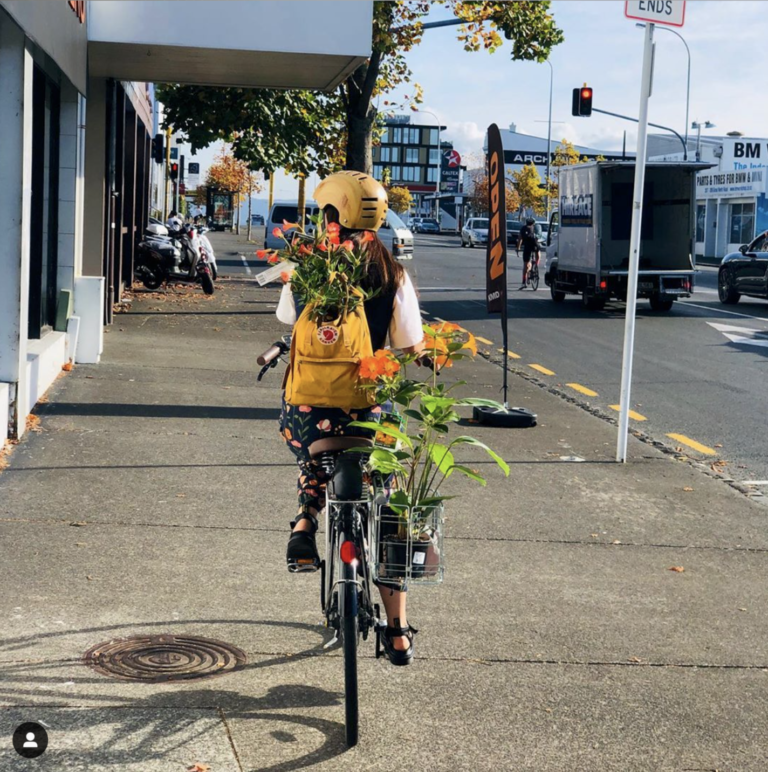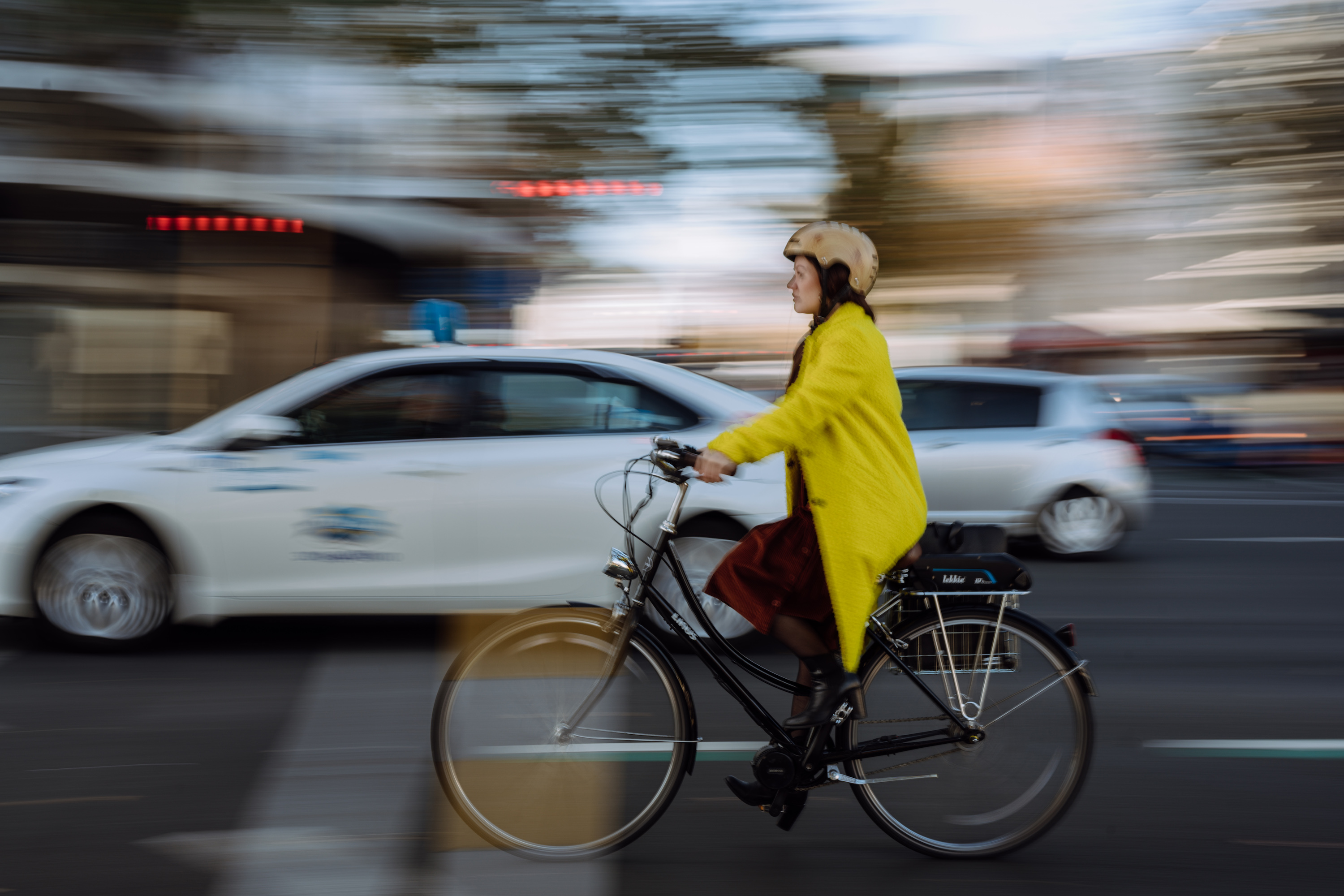This powerful guest post by Emma McInnes of Women in Urbanism delves into a difficult topic: the lingering trauma from even a minor bike crash. Like previous first-person posts on the subject, we hope it strikes a chord – and inspires an even louder call for safer streets.
My first bike crash in central Auckland happened on Symonds Street. I was biking downhill towards the university. A driver coming out of a side road, turning left, didn’t look right, and ran over top of me. I was literally peeled off the road by a stranger, who carried me to the footpath to get me out of the traffic. I remember being too scared to move, in case I’d broken something. Scared to experience potential agony.
I got lucky. I escaped this experience with bumps, bruises and a swollen knee-cap. A kind pedestrian found my phone and called my mum for me, because I was too busy crying into my bleeding hands. The young woman who crashed into me was truly sorry. She made sure I was OK, and paid for my new bike.
In my experience, people in Auckland City are always so good at helping in these situations, and I felt very sorry for the driver in this situation – she, too, is a victim of car-dominant planning systems.
The second time was a “dooring” on Dominion Road. I was already having a terrible day. The worst. I was cycling in the kerbside lane on Dominion Road, when a car on the inside lane stopped suddenly and a passenger opened their door onto me. [See related read: Objects In Mirror Are More Vulnerable Than They Appear]
On impact, a piece of my bike flew onto the footpath. I remained upright on my bike, in shock. I was physically OK, but my insides were wrecked. I could have stopped to get the details of the people in the car, to make sure I received compensation for damages to my bike. But I was already starting to get those shakes you get when you’ve suffered shock.
I didn’t want to stand on the footpath and cry for the second time in my life after a bike crash, while people fussed over me (in the kind way strangers do), that would ultimately just produce more tears. Instead I breathed in, found my bike still went in the forwards direction, and pedalled off, screaming in my head at all the people in charge of this city, from the mayor on down.
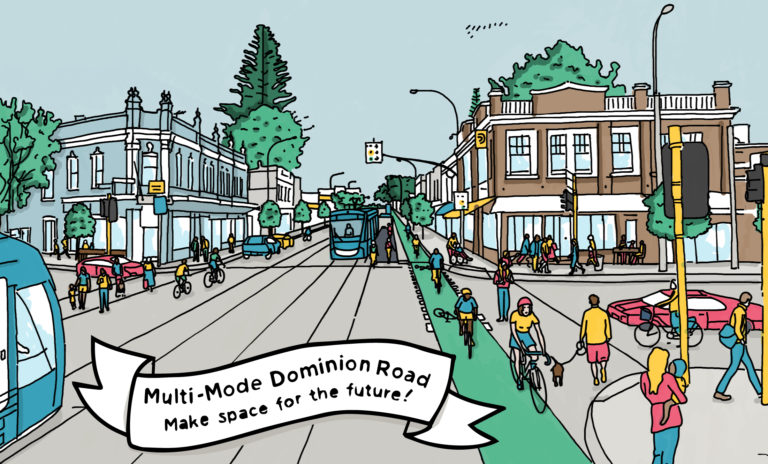
The third time was on Kitchener Street. It had been raining that morning. Kitchener is a two lane, one way street, with parking. I was in the left lane, heading to work. A car pulled out of the parking lane, and sailed into the lane I was in and into the spot I was on track to be on in seconds, without looking for me.
I braked to avoid him. The wet street turned my bicycle tyres into ice skates. I went straight into the gutter and flew off my bike, doing a truly glorious tumble down the slope of Kitchener Street. The driver opened his door to check I was alive, then took off.
Side note: I have no patience for humans who leave broken girls, with broken bikes, on broken streets.
The shock of this accident lasted for hours. I found myself on the footpath, again, shaking uncontrollably, again. Kind pedestrians stopped to make sure I was OK, again. They told me to sit down. To breathe. One lady even put Papaw ointment over the cuts on my hands.
I knew if I stayed there, I’d just shake and cry, feeling doubly vulnerable in a very exposed area. So I picked myself back up and dragged my bike the rest of the way to work, not far away.
Those are my big three. But I have had hundreds more close calls that have left me shaken, and plenty of other disturbing incidents. All of these encounters leave invisible scars. I flinch every time I pass a driveway or a side road. When I hear a car revving its engine behind me, I often shudder and hop onto the footpath until I feel confident enough to swim with the sharks again.
And I cycle so s-l-o-o-o-w. My deliberate pace enrages a lot of people, on the cycle lanes as well as the roads, but if they only knew I’d had my confidence knocked out of me three times, they might see why.
So why do I still do it?
Well, if you ride a bike, you know about the good days, the days when you don’t nearly die (and, especially if you’re a woman, the days you aren’t cat-called or abused while on your bike). You’ll know the complete joy that comes from riding a bike. It’s the best. It really is sunshine, bird sounds, fresh air, seeing at least five people you know on your way to work, plus all the benefits of saving time, money, and the planet.
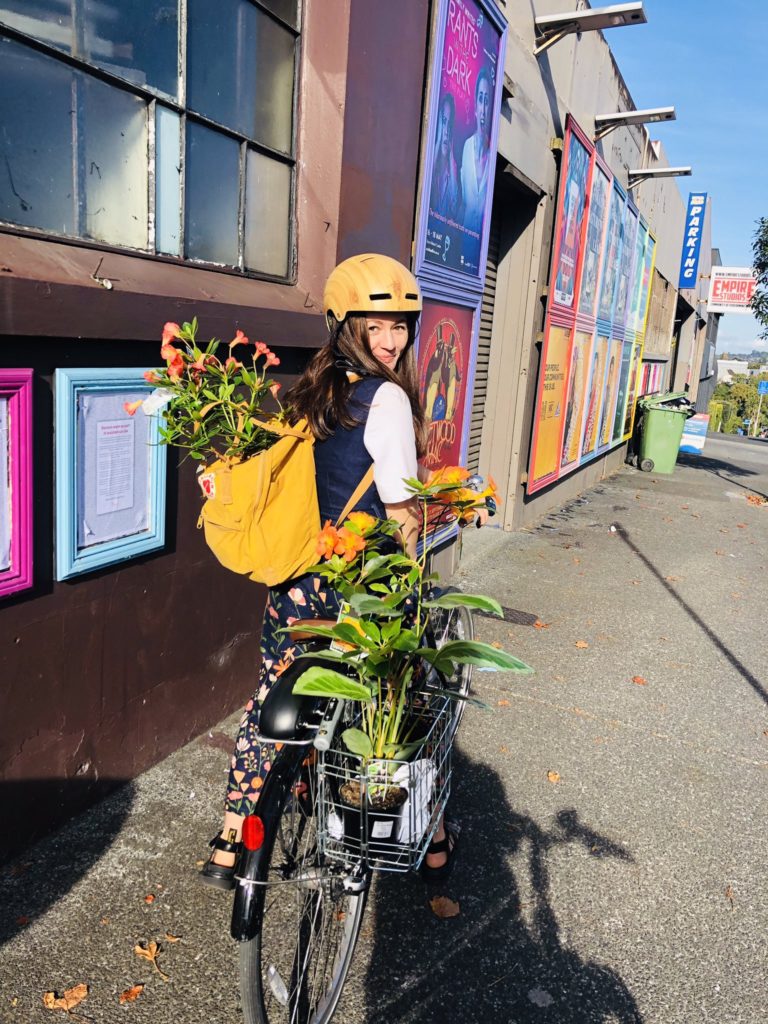
Everyone deserves to experience these good days. It’s why we need to design all our cities to ensures more people, young and old, women and men, experienced and new to the joy cycling, can have more good days more often.
But obviously, we’re not doing that, and we’re not doing it fast enough.
We know this because accidents and deaths on our roads involving pedestrians and cyclists are up, up, up. And the proportion of women riding, and the numbers of kids who can happily bike to school or around their hood, are down.
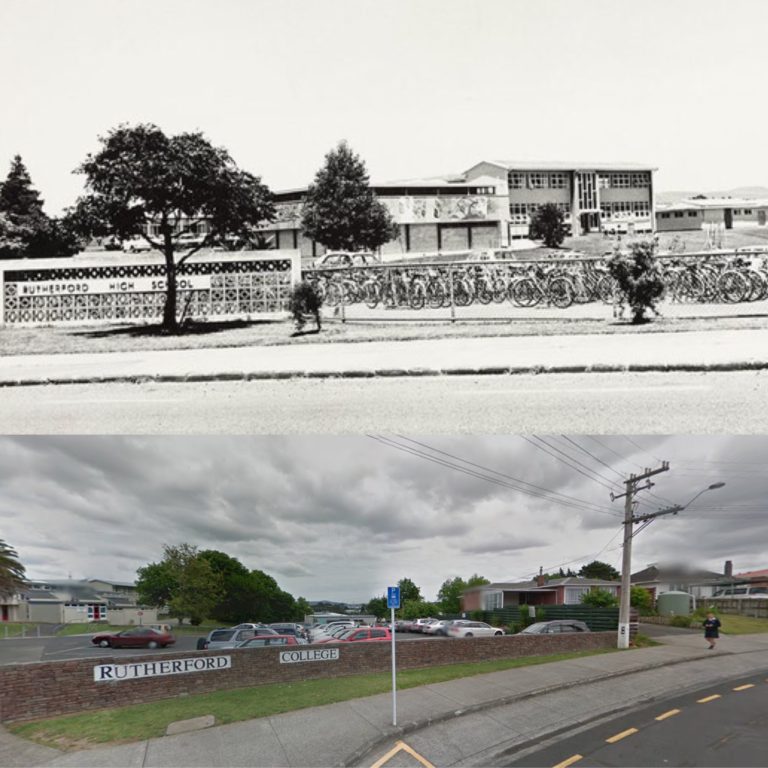
And I am not the only one to find myself, even years after the event, still in shock from all the times I’ve avoided becoming just another statistic. A recent study found that it’s largely women who are reporting travel anxiety and PTSD-like symptoms as being life-altering for them, compared with men. Another recent study found that drivers tend to pass closer to women on bikes.
This is not to say that men aren’t experiencing this too, it’s just very possible that it’s not at the same scale; and women may find it harder to shake off the effect of these close encounters, piled on top of feeling more unsafe in public to begin with.
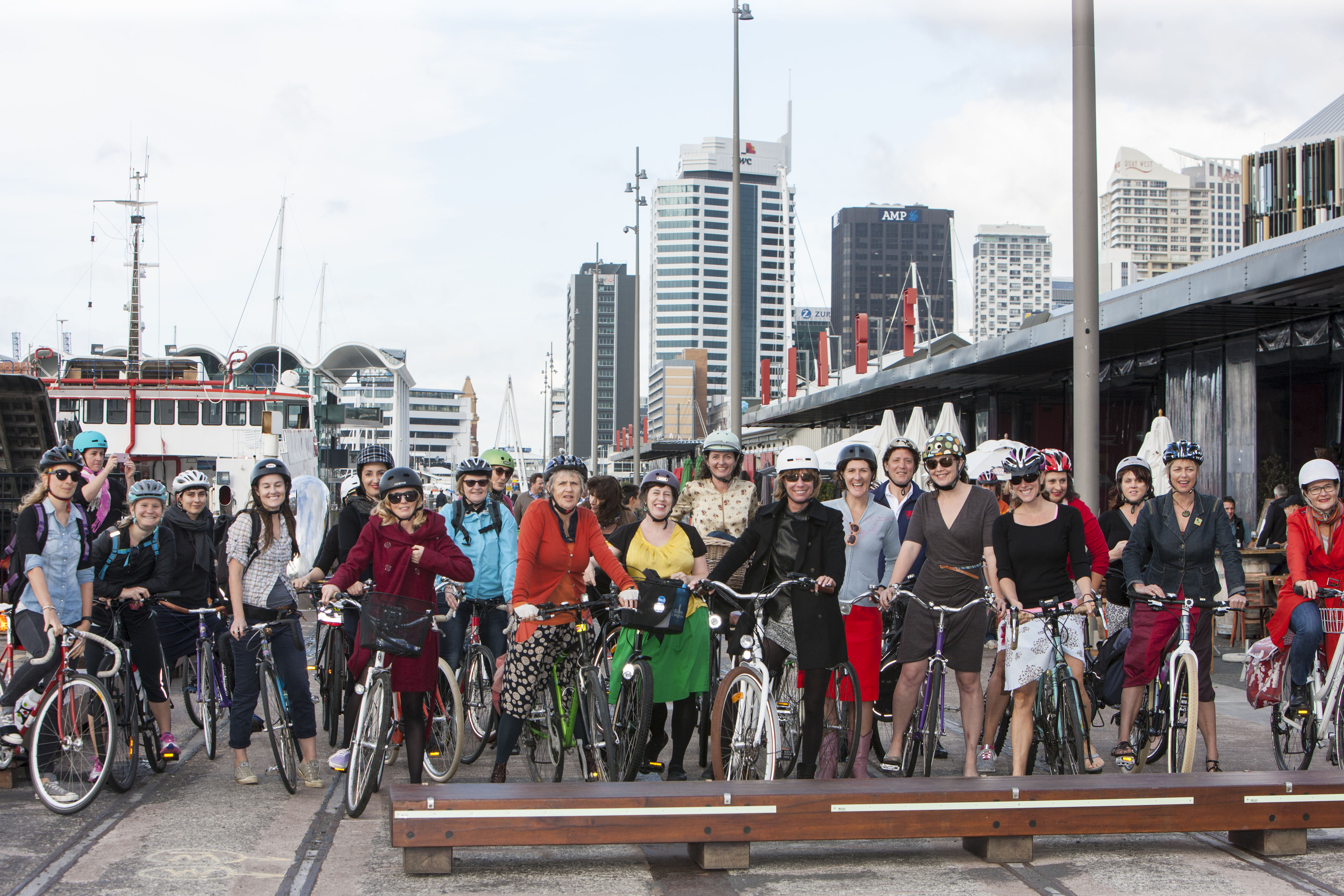
My own observations out on the cycleways and city streets is that men, more often than women, seem able to sail confidently past driveways, side roads, parked cars, over zebra crossings and through slip lanes, through roundabouts and intersections with little sign of nerves. They seem to take more risks. They ride like they’re invincible. And of course it’s “not all men”; I know chaps who’ve had run-ins and crashes that left them shaken. But they often seem to be able to shake it off more easily.
Whereas I feel it all. And the effects run on into places like my work, where crashes and even near-misses will cause me to be in a low mood walking into work – affecting my work and affecting my lovely colleagues, the ones who run to get ice when I arrive with cuts on my hands and mascara dripping down my face.
So what the heck am I proposing?
Do I really need to say what the solution is? That we need more protected cycleways, safer intersections, safer speeds? Do we really need more evidence of any of this? What’s to be gained by delaying, consulting, pandering to unfounded fears and false perceptions, when we know safer infrastructure saves lives and gives more of us the chance to travel in ways that are free, healthy, and sustainable?
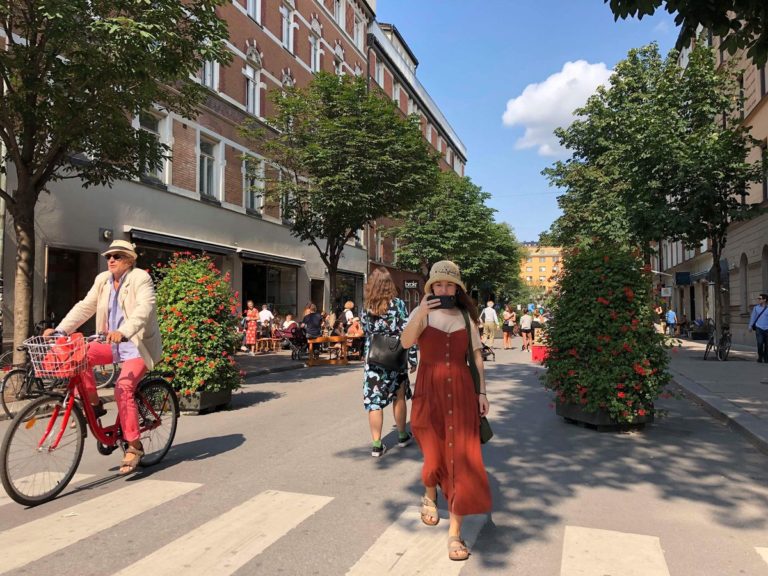
We have to get on with it. Building protected cycleways should be treated with urgency. We need to stop treating every metre of road like it’s sacred space for cars, when there are lives on the line and a few metres of protection can save those lives, and reduce the anxiety of people on bikes.
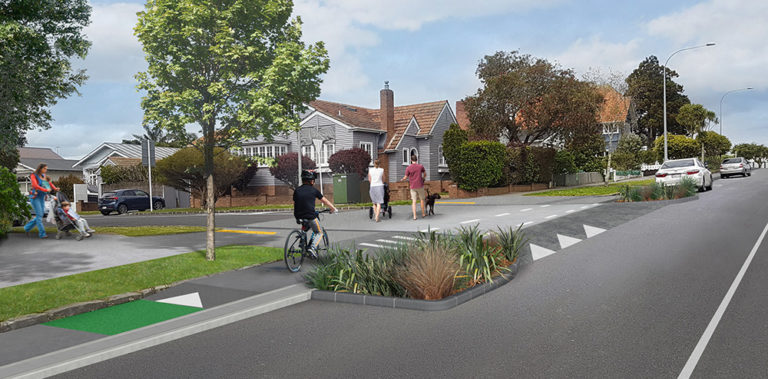
It would also be really nice and useful if it were easy to record bike crashes, and to feel confident enough in the system to report a dooring, or bad driving. The only report I made during my crash history was the first one, and that’s because the police and the ambulance came to me. The current system is cumbersome and offputting, and rests a burden on the shoulders of the more vulnerable party. The last thing I wanted to do after my second and third crashes was trek to a police station to fill in a form. There has to be a better way.
I’m writing this piece to add to the already pretty damn long list of why we need more protected cycleways. And to highlight the gendered implications and inequities of not designing safe cycleways, footpaths and infrastructure for these more vulnerable transport modes – which includes mobility scooters, e-scooters, and all the new small-wheeled ways people are increasingly using to get around. [See related read: The Micromobility Revolution is at Hand]. The voices of people more vulnerable in these situations – including the very young and the elderly – need to be better heard.
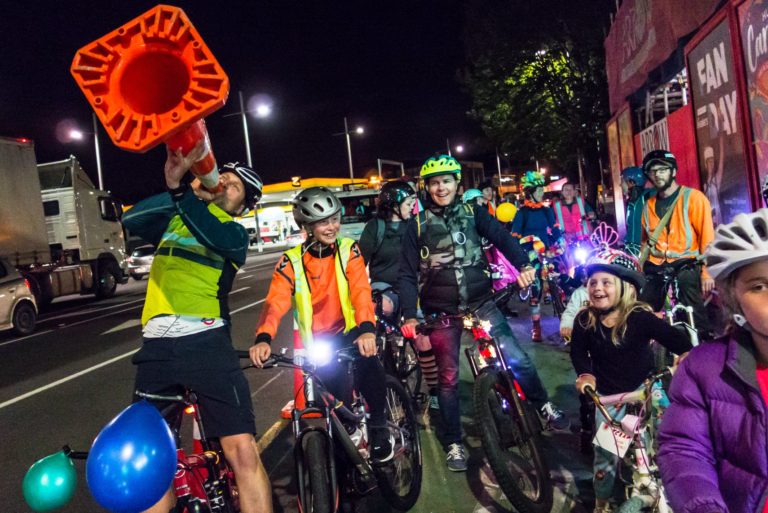
And lastly – and this is something I realised one day after a car passed so close by me that I felt the hairs on my arm change direction – it’s time we as a society faced the fact of a glaring inequity in our transport system. At worst, a bike will only ever make a car briefly drop its speed. At worst, a car can kill a person and destroy the lives of their family and friends.
This is a plea to all decision makers for more urgency. Build, build, build that safe cycling infrastructure, and do it right.
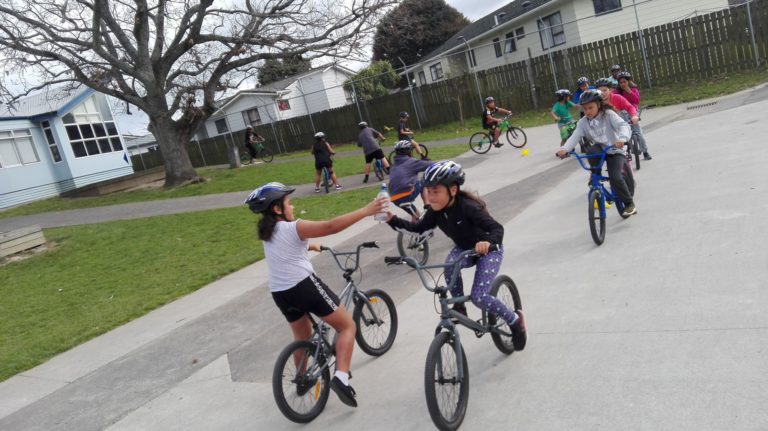
Because we shouldn’t have to pick ourselves up out of gutters, limp the rest of our journeys, call into work from hospitals, cry, feel sad, feel angry, be shaken just because someone “didn’t see us coming” (even with all those highlighter colours we’re socially obligated to wear). We cannot just keep “carrying on” like this. Everyone deserves to get to work, to go on an adventure, or get home safe and happy on our street networks.
And for those experiencing travel-related anxiety, we deserve to know there is a future in sight for Aotearoa when going down the road to get bread and milk as a pedestrian, on your micromobility device, or on your bike, will be free of trauma.
— Emma McInnes
Our thanks to Emma for putting this into print. We know it’s not an easy read, but we hope it inspires you to join us in taking action for safer streets.
One of the most effective ways you can take action right now is by voting for bike-friendly candidates in the upcoming local body election – because our elected representatives should be people we can trust to bring about the change we wish to see in the world.
Stay tuned for information about who to vote for, and make sure you’re eligible and enrolled to vote! If you were on the electoral roll by Friday 16 August, your papers should arrive in the mail; if not, you can still enrol and cast a special vote. Win win!
